
Loot boxes are a very common monetization mechanic in many successful freemium games, and as the dApp market grows, I see there is no reason why these concepts cannot be applied to this emerging market.
For those that don't know what a lootbox system:
Lootbox (Gacha) System:
A lootbox, loot crate or in asia called gacha is a consumable virtual item which can be redeemed to receive a randomised selection of further virtual items. These items can include virtual character, consumable items, power booster, any type of in-game item that can be perceived as value.
Below are the most popular loot box system that are utilized in games today.
Boxed Gacha (Loot Box)

A fixed amount of items that are contained in this loot box. There are no probability tables in this lootbox, if a player pull from this box, this item is effectively removed from the box and the probability of getting the other content inside the box increase. For example. if there are a 100 items in this loot box and a players pulls 1 item from the box, there are now only 99 items in the box. The lure of this loot system is that everytime you pull from the box, the probability of you receiving the carrot increases.
Kompu Gacha (Loot Box)
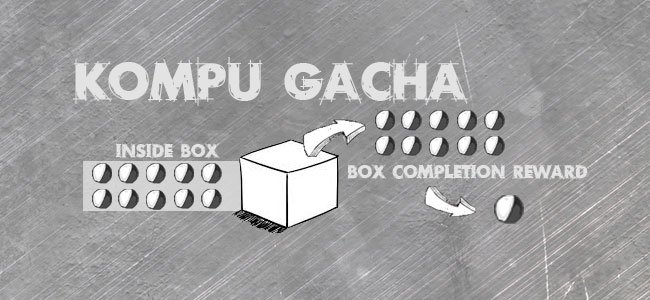
Kompu short form for Completion in Japanese, although illegal in Japan now, not too sure about other countries but this loot box concept was the main reason why a lot of social companies experienced a rise in revenue.
The concept is generally for users to collect a certain amount items that were only available in the Kompu Gacha to receive the ultimate prize. This ultimate item usually was the most powerful item in the game, leading whales to monetize until they obtained it.
Step Gacha (Loot Box)
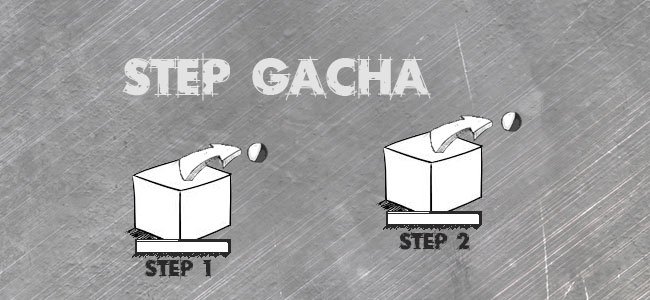
Step Gacha has been a popular loot box system in the east as rewards for spending more money becomes more appealing.
The concept of step boxes is to player face to the users what types of additional prizes they can receive if they pull this gacha, x2 or x3 or x4 times. As you dangle the better carrots near the end of the steps designers noticed that the customers (users who has paid in the game) will tend to generally spend more.
Very similar to the BOGOF (Buy 1 Get 1 Free) Model where you effectively x2 your revenue if you promote your product this way. This theory is based on identifying the maximum amount of dollars you can squeeze off 1 customer versus letting the customer only pay for what he or she thinks deems necessary. Hiking up your baseline value to build your business around this model is very common.
For example: The pizza industry milks this system by forcing users to buy 2 slices or full pizzas versus just the 1. This is because a customer will see value in buying 2, but not necessarily 'need' the second slice or pizza but will buy it anyways because the price point is designed to identify the maximum amount of money a user is willing to pay for a 'pizza' meal.
Friend Gacha (Loot Box)
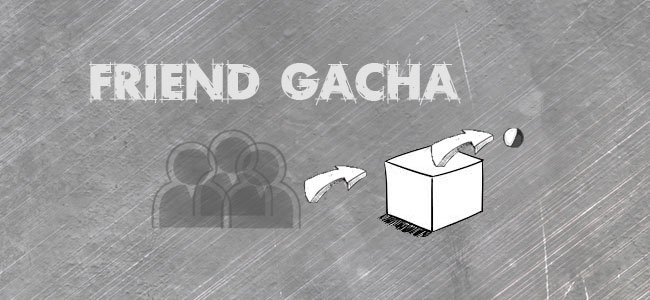
There are 2 different types of friend Loot box system that are proven very effective in the freemium space
- Friend Recruit Gacha: if done right will be the most effective tactic for viral marketing for freemium games.
Designing a system for users to recruit one of their friends to play the game, and obtain some sort of currency to obtain a highly valued item will help your game go extremely viral. Ideally in these loot boxes will only be items of extreme value to your product that you are willing to give away as a trade off for bringing in a user into your product.
- Friend Gacha: a unique currency that is rewards when actively playing with your in-game friends
Another viral based gacha design, but this design was more for users to increase social game play inside the actual game.
The promotion of social game play is assumed to create a better gaming eco system thus the creation of a friend loot box system to pull whenever you interact with friends proven to be an effective means to keep players engaged in the product.
Flying Gacha (Loot Box)
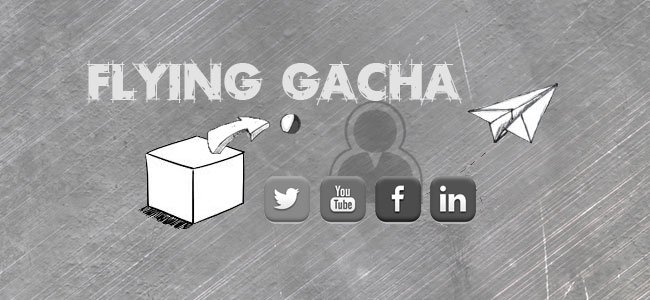
The flying gacha is a relatively new concept to address the lack of a User Acquisition strategy. This gacha is tailored towards the beta testers and the early birds. If a user signs up for the beta testing period, he or she will be rewarded with one gacha spin. The prize list will also be displayed. If the player is not happy with the item he or she received, they have the option to invite another friend to the beta testing period which in turn gives the inviter another free gacha spin. User will rinse and repeat this process until he or she obtains the item they want.
(Note: These system only allow for users to obtain 1 item per account)
I can see this loot box system be a very effective means to help create awareness for the thousands of ICO's that are happening at the moment.
Redraw Gacha (Loot Box)
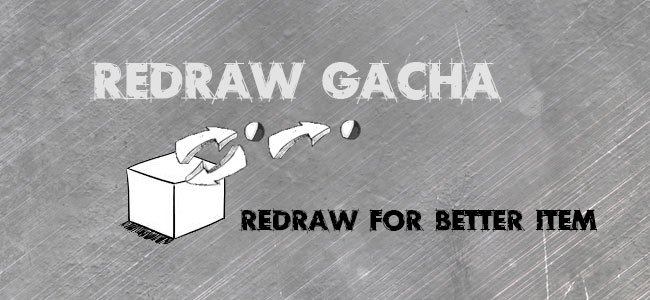
Redraw Gacha is designed for users to attempt to obtain better items, by giving up their current item they pulled
The redraw positioned itself as the possibility to earn a better items at a discounted price.
If you have any questions regarding these Loot box concepts feel free to contact me and i'll be more than happy to explain further how these systems work.
Congratulations @cutelilbear! You have completed some achievement on Steemit and have been rewarded with new badge(s) :
Click on any badge to view your own Board of Honor on SteemitBoard.
For more information about SteemitBoard, click here
If you no longer want to receive notifications, reply to this comment with the word
STOPI found your post and decided to help you get noticed.
I will pay a resteeming service to resteem your post,
and I'll give you my stamp of automatic approval!
Curious?
introduction post
Check out the great posts I already resteemed.Resteemed by @resteembot! Good Luck! The resteem was payed by @greetbot The @resteembot's Get more from @resteembot with the #resteembotsentme initiative